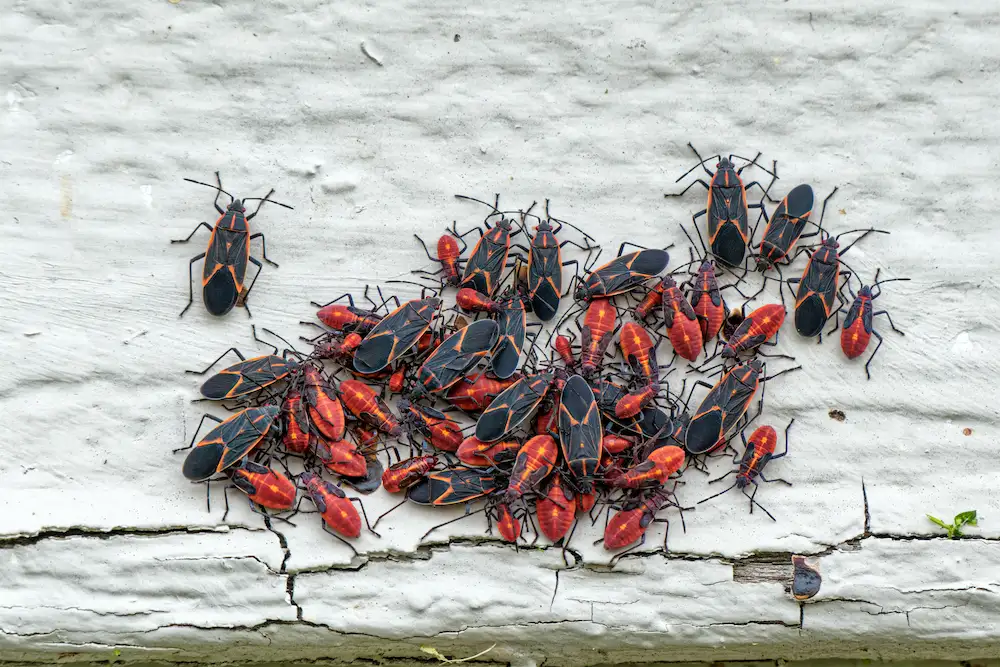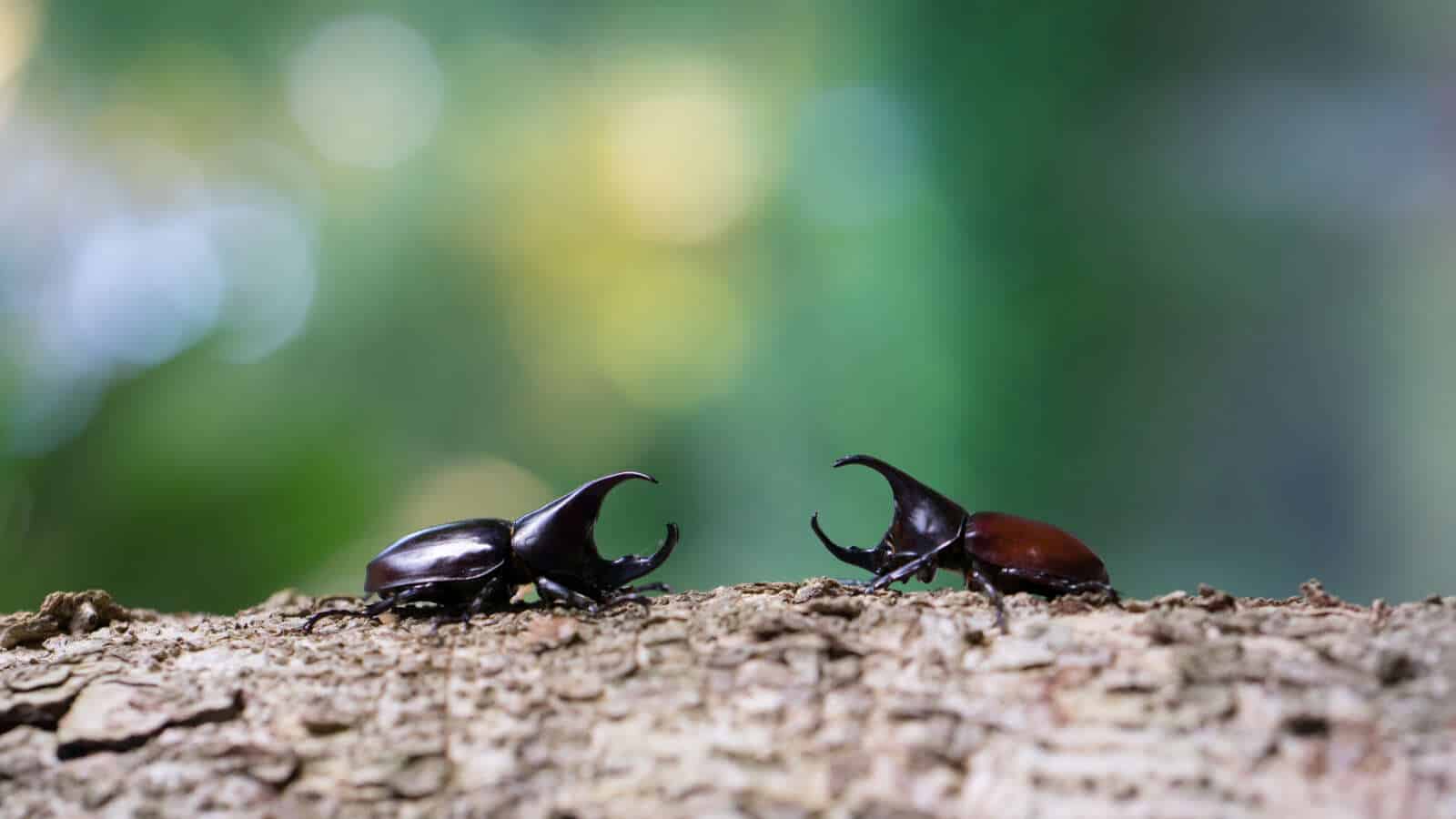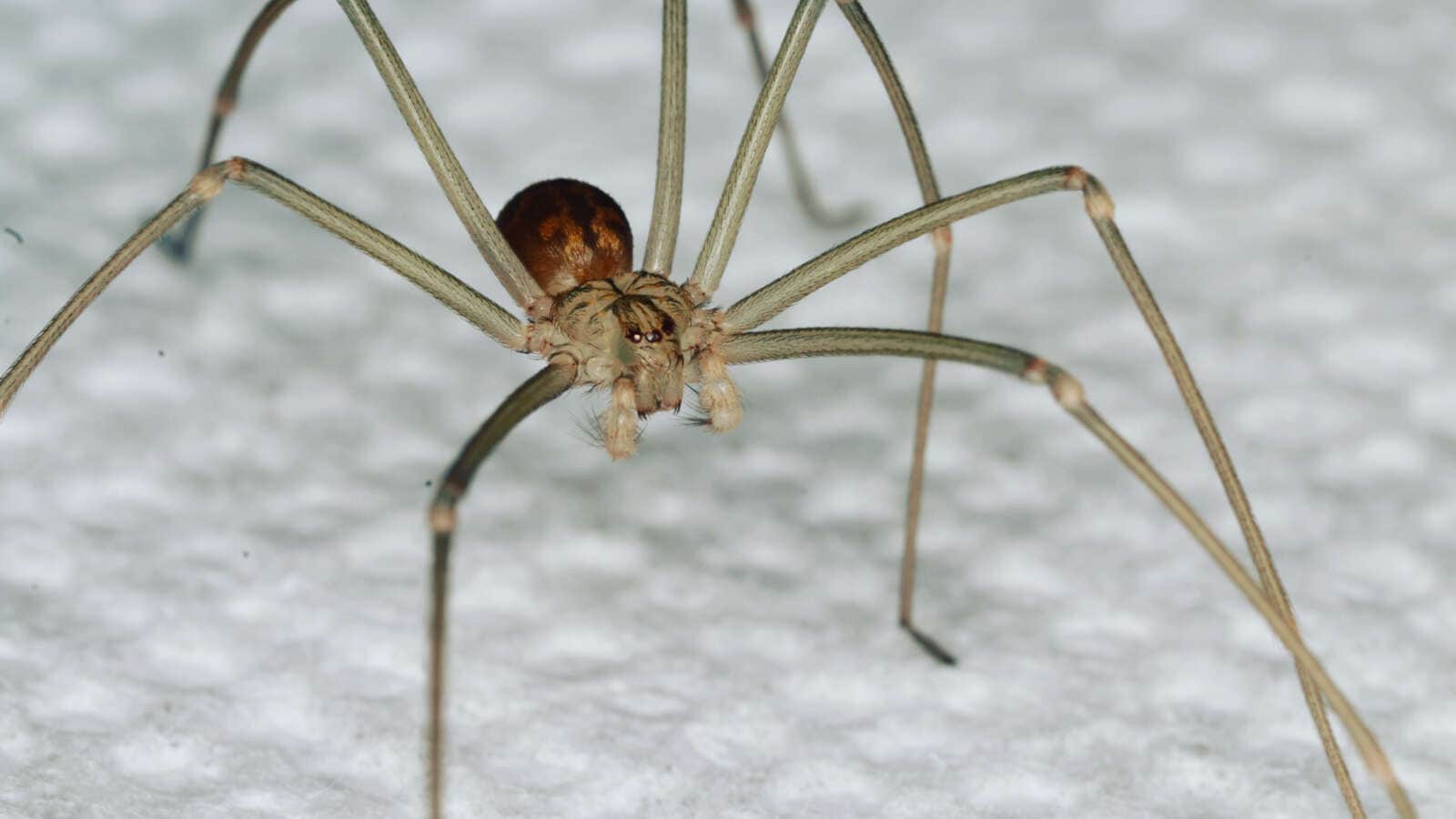Summary: Boxelder bugs are named for the trees that they love, but they don’t want to stay there forever. This blog dives into the lives of boxelder bugs to understand their habits and the reasons why they invade houses in the fall. Each section focuses on a different aspect of their lives, including their physical features, diet, autumn habits, defensive measures, and prevention methods. Pointe Pest Control protects local homes and businesses from invasive pests, like these bugs.
_________________________________________________________________________________________
When we say the word “boxelder,” what comes to mind? You might be thinking of the boxelder tree, a leafy maple that quickly grows where it’s planted. Or your mind might’ve gone to the boxelder bug, a common pest that’s related to the stink bug. We’re focusing on the latter boxelder today — though the tree will get another mention — since it’s an infamous fall pest.
These bugs prefer to overwinter in our homes and buildings, so they start scoping out their shelter in the fall. Let’s dive into the world of these seasonal invaders to learn how they got their name and why they’re such a common pest this time of year.
The Life & Times Of Boxelder Bugs
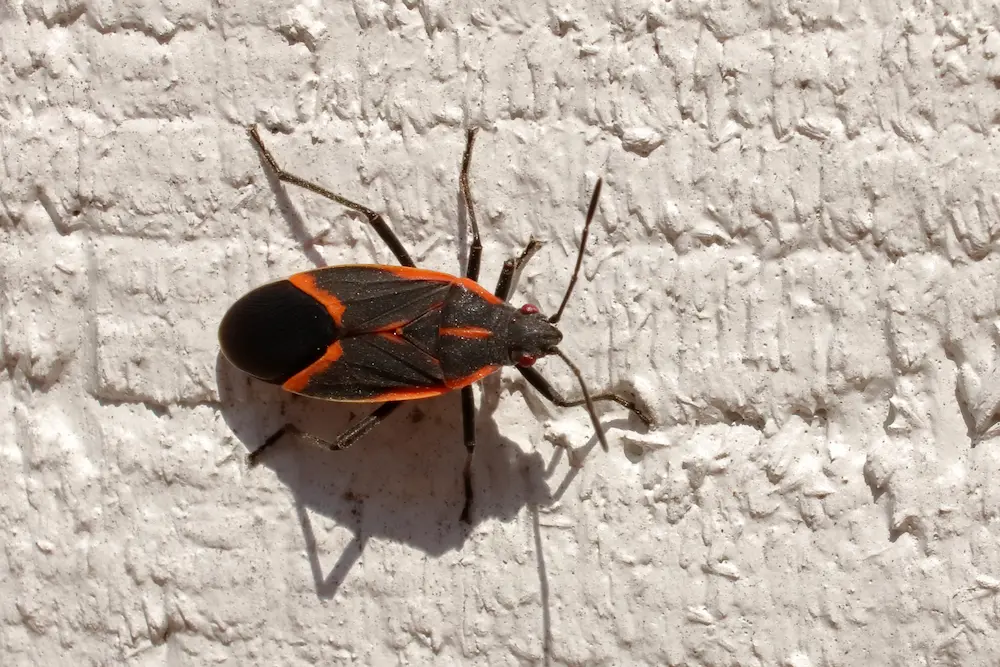
Although boxelder bugs are named for the trees they inhabit, they enjoy a variety of trees. These pests are native to the Western states and are now active across the country. Once boxelders find a tree they want to eat from, they release a pheromone (scent chemical) to call more boxelder bugs to the party. They don’t bite often, but if you disturb a boxelder, its sharp mouthparts can puncture your skin.
The physical features of a boxelder bug include:
- 6 legs
- 2 antennae
- A flat, oval body
- Black coloring
- Red-orange markings on its abdomen
Summer Fun
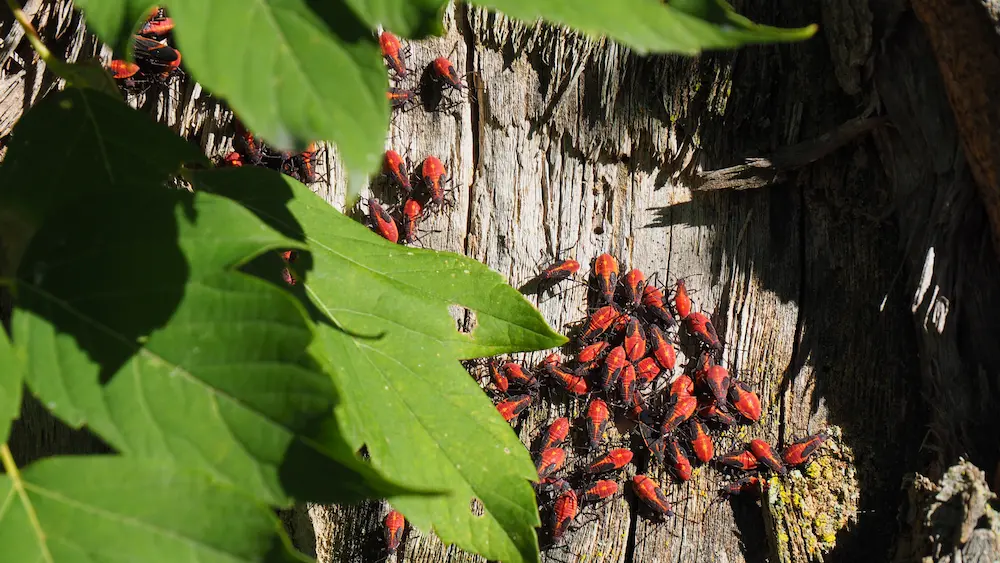
In the summer, boxelder bugs spend their days looking for food and mates. Both are easy to find in the warmer months since the bugs are all active this time of year. They eat seeds and leaves from boxelder trees, as well as leaves from ash and maple trees. They’ll also eat apples and plums when the fruits are ripe. The good news is that boxelders are slow eaters, but the bad news is that they leave obvious holes in everything they eat!
Boxelder bugs do everything on boxelder trees (clearly), so it makes sense that the females lay their eggs on these trees. The eggs hatch about two weeks later, then start feeding on their host tree. It’s normal to see a group of boxelders enjoying the sunny weather in the spring and summer, but the real problems start when autumn arrives. Once the temperatures cool and the leaves change, boxelder bugs know it’s time to start planning their winter vacation.
Seasonal Invaders
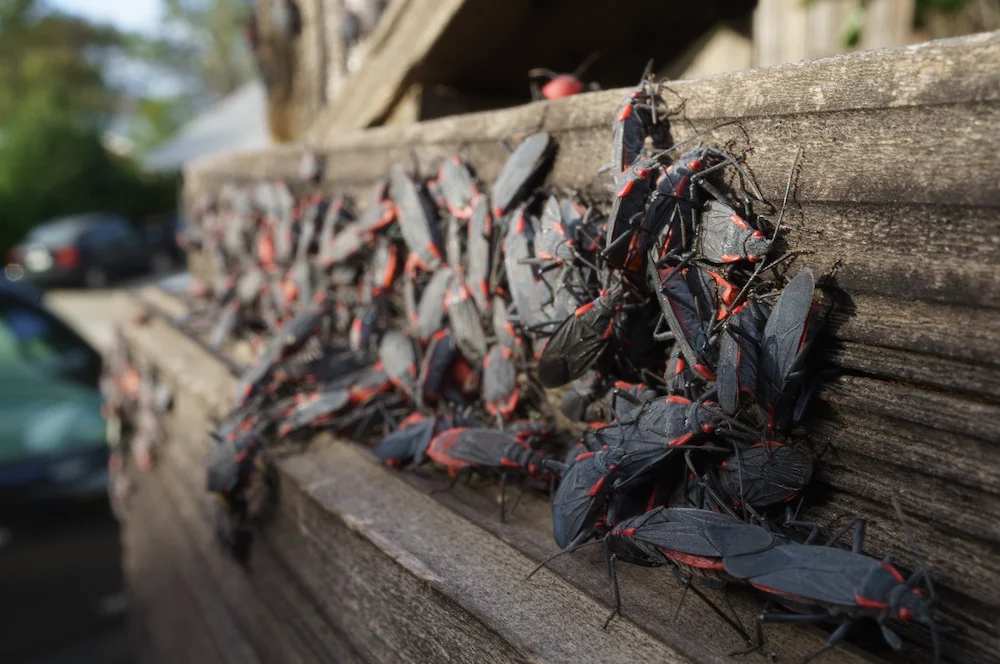
Unlike other insects, boxelder bugs don’t die off in the winter. They group together in the fall — probably to build up their strength for the journey — then move into a warm shelter to wait out the winter. The bugs are slow-moving come spring, as they struggle to warm up and start the process of finding a leafy tree all over again.
Boxelder bugs often overwinter in houses and sheds since they still live in close proximity to the outdoors. When they look for shelter in the fall, the bugs are drawn to sunlit windows, tall structures, and warm concrete. A house with all of these is a probable target for boxelder bugs. If left alone, they will invade a house in the fall and leave it in the spring.
There’s an easy way to estimate the number of bugs that may attempt to invade your home. Pay close attention to the number of boxelders in your yard throughout the summer. A huge amount of boxelder bugs in the summer means there will be a lot of them searching for a winter shelter!
Frustrating Houseguests
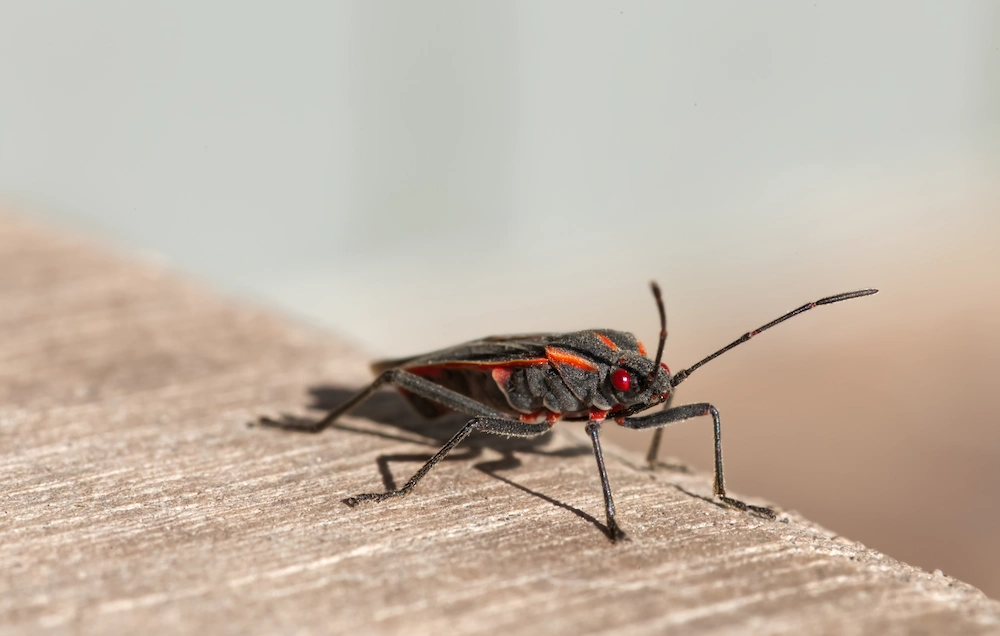
If you have the trees we mentioned earlier, you’ll probably see boxelder bugs sticking close to them throughout the year. These bugs aren’t cause for immediate panic, however. They aren’t poisonous and only bite us when they’re touched. Boxelder bugs are what we call “nuisance pests.” They’re not dangerous or completely destructive, so they’re not a major threat to us.
The main issue with an infestation (besides having a bunch of bugs in your house) is the fear response of these bugs. They secrete a liquid when they’re threatened or scared, such as when they get too close to a person or pet. The liquid is yellow, has a strong odor, and stains everything it touches. In fact, an early sign of a boxelder invasion is finding random yellow dots on surfaces.
Prevention Is Key

The best way to prevent a boxelder bug invasion is to eliminate their entry points. This is great for preventing any pest. Seal any cracks and holes in your home’s exterior with waterproof caulk, and fill larger holes with copper mesh before lining with caulk. Check your window and door screens for large rips, and patch them up with extra material. You might want to replace the whole screen if there are too many openings to count.
If you already see boxelder bugs in your home, don’t fret! They’re easy to eliminate with the right tools. One method is to vacuum the bugs up, then empty the canister into a bag that you throw away. If the bugs are already inside your home, do not try to squash them yourself. Dead boxelder bugs emit an odor that draws more bugs to their location, which adds a whole new layer of problems.
The best solution to an invasion? Professional pest control services!
Beat The Boxelder Bugs With Pointe
Boxelder bugs aren’t the most dangerous pests around, but they definitely one of the most annoying! At Pointe Pest Control, we understand the stress and frustration that a pest infestation brings. Our licensed technicians fully inspect the property for all signs of pest activity, then create a treatment plan that’s customized to solve each pest issue at hand. We are happy to answer any questions you have along the way, as our goal is always complete client satisfaction with our services. Don’t let the boxelder bugs get you down this fall. For a free quote on our thorough services, contact us today!
Citations
Boxelder bugs. (n.d.). Pest World. Retrieved on October 15, 2024, from https://www.pestworld.org/pest-guide/occasional-invaders/boxelder-bugs/
Boxelder bugs 101. (n.d.). Pest World. Retrieved on October 15, 2024, from https://www.pestworld.org/news-hub/pest-articles/boxelder-bugs-101/


